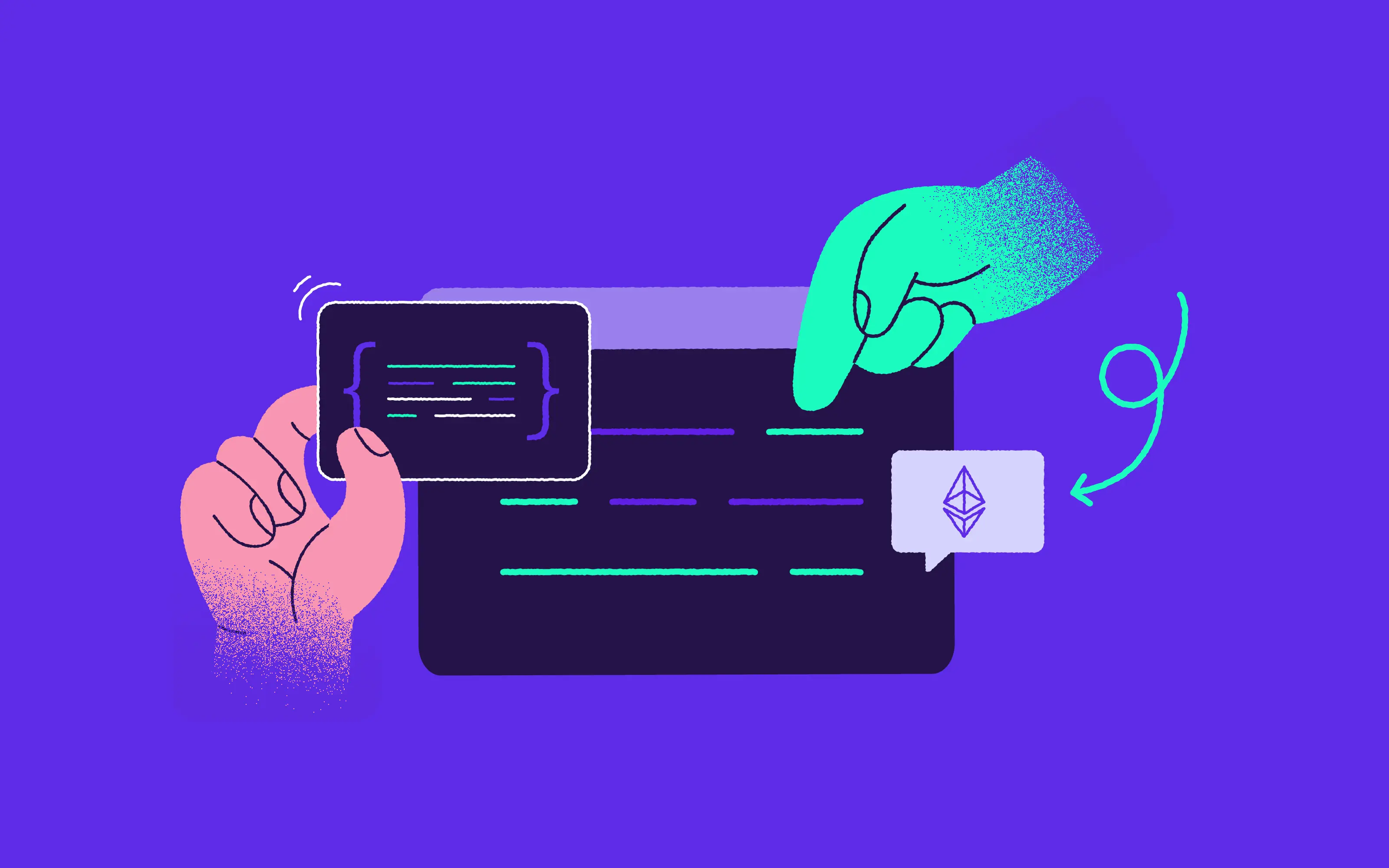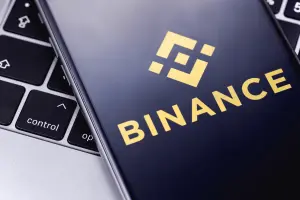
Chances are you may have heard about Binance and you might be wondering what the fuss is all about with the Binance Smart Chain that has been making the rounds through the crypto community.
Look no further as we will walk you through everything you need to know on the subject, including a step by step guide to beginning your journey with Binance Smart Chain.
The history of Binance Chain
Let’s take it back to April 2019, when the largest cryptocurrency exchange, Binance decided to float their Blockchain called Binance Chain. Back then, it was a revolutionary move for the exchange as they tried to explore a whole new frontier from their traditional crypto exchange service.
Binance Chain offered speeds that were relatively unheard of in 2019 and took things a notch higher by also launching Binance DEX which has metamorphosed into one of the best decentralized exchanges in the world.
For all its speed, security which it offered to users, non-custodial nature, Binance Chain was far from perfect. The revolutionary chain was still plagued with issues of scalability and flexibility which cast a shadow over the benefits it afforded users.
The absence of smart contracts was a major hurdle that necessitated the creation of the Binance Smart Chain seeking to build upon the efforts of its predecessor, Binance Chain to create a better blockchain and ultimately a healthier cryptocurrency ecosystem for users.
» We are 10Clouds: Introducing the DeFi Developer Roadmap
An independent blockchain
Binance Smart Chain (BSC) is the scion of the incumbent Binance Chain designed to solve the issues associated with its predecessor. Binance Smart Chain has been designed to assimilate the groundbreaking developments of the Binance Chain while introducing even better functionalities to improve the experience of users.
Binance Smart Chain has been designed to offer smart contracts functionality which Binance Chain lacked. Through the utility of smart contracts, trust, transparency and security remain a priority for the blockchain.
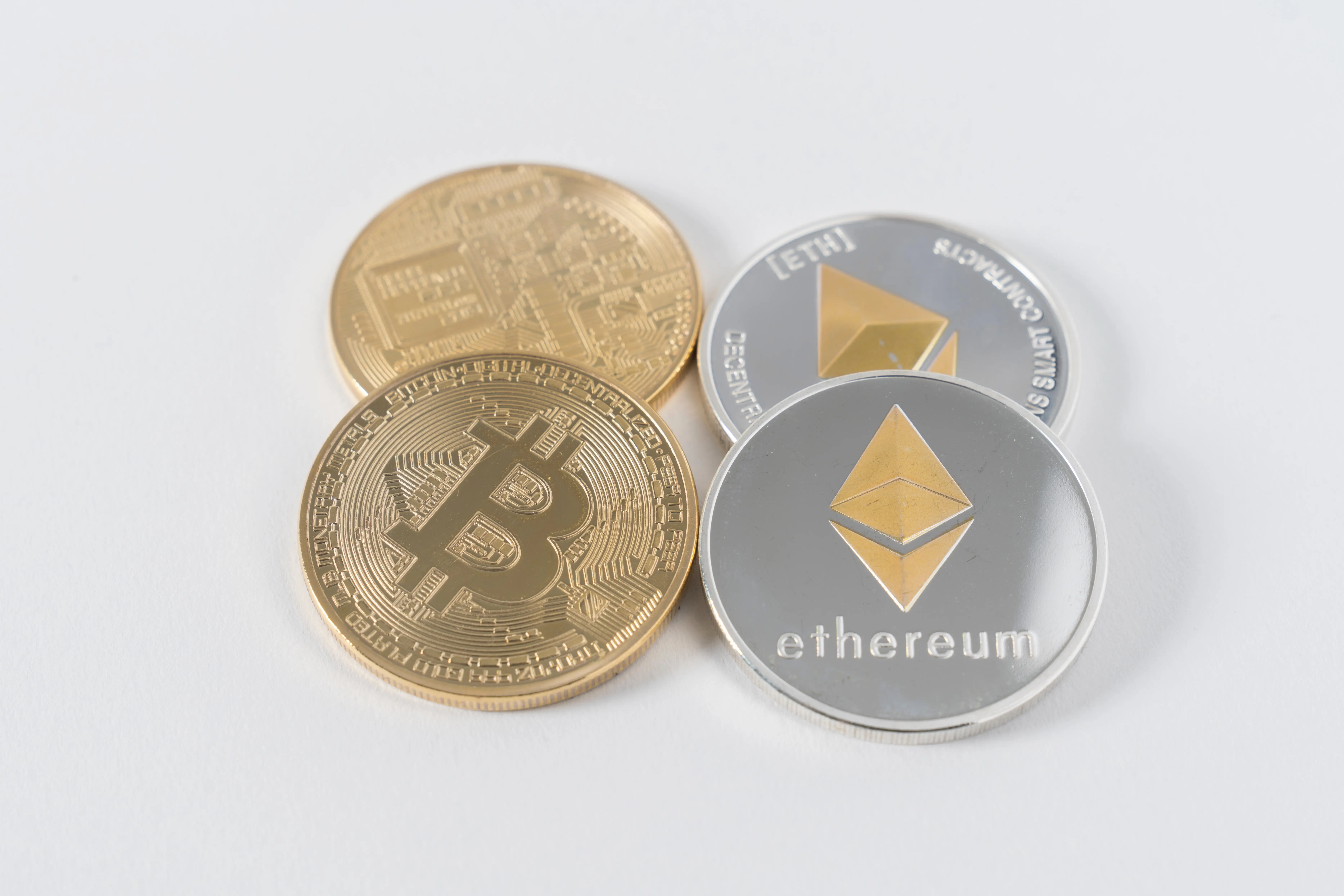
Compatibility with Ethereum
BSC is also built with the specification to be compatible with the Ethereum Virtual Machine (EVM) which will allow the blockchain to reap the multiple rewards of the Ethereum ecosystem including a wide array of functionalities and the growing movement of decentralized applications powered by Ethereum.
Important differences between ETH and BSC
It is worth noting that there are some important differences between ETH and BSC. Ethereum has a much larger ecosystem with transaction numbers spread more widely among a greater number of dapps. On the other hand, Binance Smart Chain is supported by a centralized exchange. It has centralized elements which allow it to put through large amounts of transactions at a comparatively low cost.
For example, gas is hugely cheaper on BSC than on ETH which currently struggles with scaling issues. Making transactions on ETH costs around $20, whereas on BSC, it is just $0.01.
But the compatibility with Ethereum allows developers to easily transfer their projects from Ethereum to the Binance Smart Chain without complex technicalities.
In practice, while Binance Chain and Binance Smart Chain run parallel to each other, it should be noted that BSC isn’t to be referred to as a second layer to Binance Chain.
While both blockchain have similar design and share basic features, BSC is designed to run independently and can still maintain operations in the event that the Binance Chain goes offline.

The Technology Behind Binance Smart Chain
Binance Smart Chain utilizes powerful and intuitive technology to improve upon the existing functionalities offered by Binance Chain. It utilizes across-chain compatibility model and also uses theproof-of-stake consensus algorithm to carry out the tasks.
Cross-Chain Compatibility
One of the major defects of the Binance Chain is that it lacked cross-chain compatibility features leaving it rigid for developers to reap the full benefits of other platforms.
Through dual-chain architecture, BSC is poised to fix the compatibility issues, allowing users to easily move assets from one blockchain to another without unnecessary complexities.
The dual-chain architecture integrated into the design of BSC will afford users an intuitive trading experience characterized by rapid transfers of assets and also afford developers the abilities to build dApps on the platform that can be seamlessly exported without hassles.
An example of the utility of the cross-chain functionality is the ability for users to swap BEP-2 tokens for the BEP-20 tokens and this swap can be easily carried out through the Binance Chain Wallet which is readily available through a Binance Chain extension of Mozilla Firefox or Google Chrome.
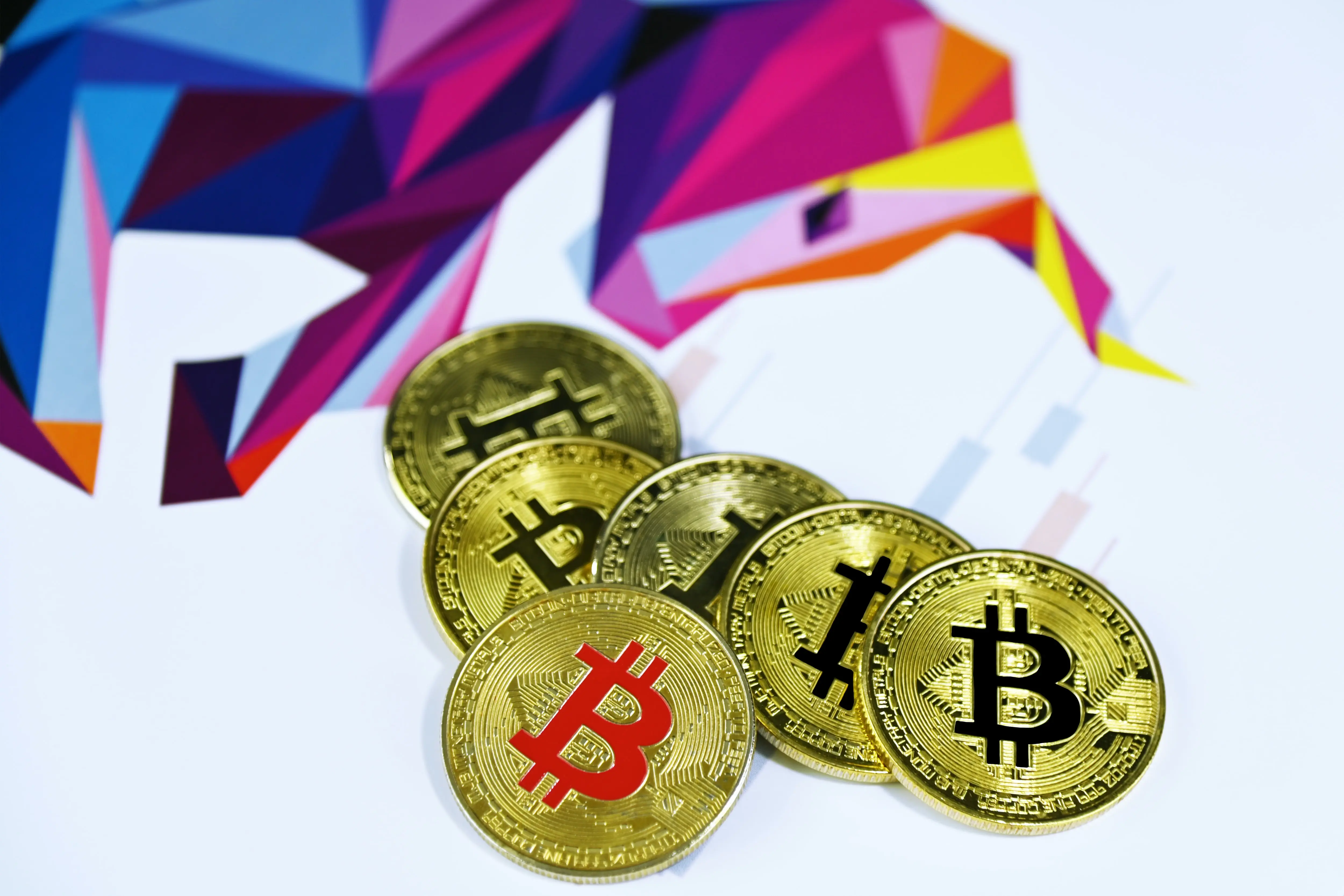
Proof-of-Stake
Binance Smart Chain makes use of aProof-of-Stake consensus algorithm, using a random selection process to determine which node will validate a block based on a variety of factors such as node’s wealth, chance, and age of the stake.
The Binance Smart Chain in particular uses a Proof-of-Staked Authority consensus in which participants put their BNB on the line in a bid to become validators. The logic behind this method is that if a valid block is proposed, participants will be granted a transaction fee.
In combining both delegated PoS and proof-of-authority, the Binance Smart chain is able to reach network consensus and maintain blockchain security. According to CoinMarketCap PoA is known for its capacity to thwart 51% attacks, as well as its tolerance for Byzantine attacks.
Although Binance Smart Chain resembles Ethereum blockchain - it is validated only by 21 validator nodes elected and rotated by community votes. In practice Binance Smart Chain is not fully decentralised, rather distributed since Binance is in full control over blockchain.
Note that users are putting decentralisation of BSC to test by deploying NSFW contracts to the chain. It will be exciting to watch this space!
How Can You Begin Your Journey with the Binance Smart Chain?
Now that we have concluded about the origins and functionalities of the Binance Smart Chain, we will proceed to gain insights on how we can get started with BSC, understanding Wallets and decentralized applications.
Wallets and Binance Smart Chain
Users of BSC have multiple wallet options to choose from in making their choice of the kind of wallet that suits their preferences. The list of wallets available to a BSC user are numerous but for the purpose of this article, we shall keep limiting the list to popular options.
1. Trust Wallet
TheTrust Wallet is one of the most secure crypto wallets for mobile and offers users the ability to earn interests in the wallet and is also loaded with the functionality of also storing NFTs and collectibles. DApps like PancakeSwap allow for users to use BSC in conjunction with the Trust Wallet.
2. Binance Chain Wallet
TheBinance Chain Wallet is another veritable alternative in choosing a wallet for BSC. It is easily accessible through Mozilla Firefox or Google Chrome as a browser extension.
3. MetaMask
AlthoughMetaMask is an Ethereum wallet, linking with Binance Chain Wallet is a seamless process and bymerging your MetaMask wallet with BSC, you can continue to enjoy the familiarity and security the wallet offers.

Moving Cryptocurrencies to the Binance Smart Chain
If you’ve created your wallet, moving funds to Binance Smart Chain shouldn’t be a tedious process as there are several applications that have been designed to simplify the process.
At the moment, the easiest way to get digital currencies to the BSC is through withdrawals from your Binance account directly to your wallet. In your attempts to withdraw, you will be met with the option of choosing BEP2 or BEP20. Choosing BEP20 is the right way to move your cryptocurrencies to the Binance Smart Chain.
Asides from the withdrawal method, you can go use the Binance Bridge utility in the transfer of assets from a wide range of blockchains like Bitcoin and Tron to the BSC. Conversely, you can also use Binance Bridge to move assets from the BSC to other existing blockchains.
To give you an indication of what’s involved in the transfer:
- You are able to transfer 1 ETH to 1 BEP20 Ethereum-pegged Token on BSC
- It’s a similar situation for BNB which acts as Ether on BSC
I played with Bridge and can confirm it is easy to transfer assets cross Binance Exchange : Binance Chain : Binance Smart Chain : Ethereum Mainnet in all directions.
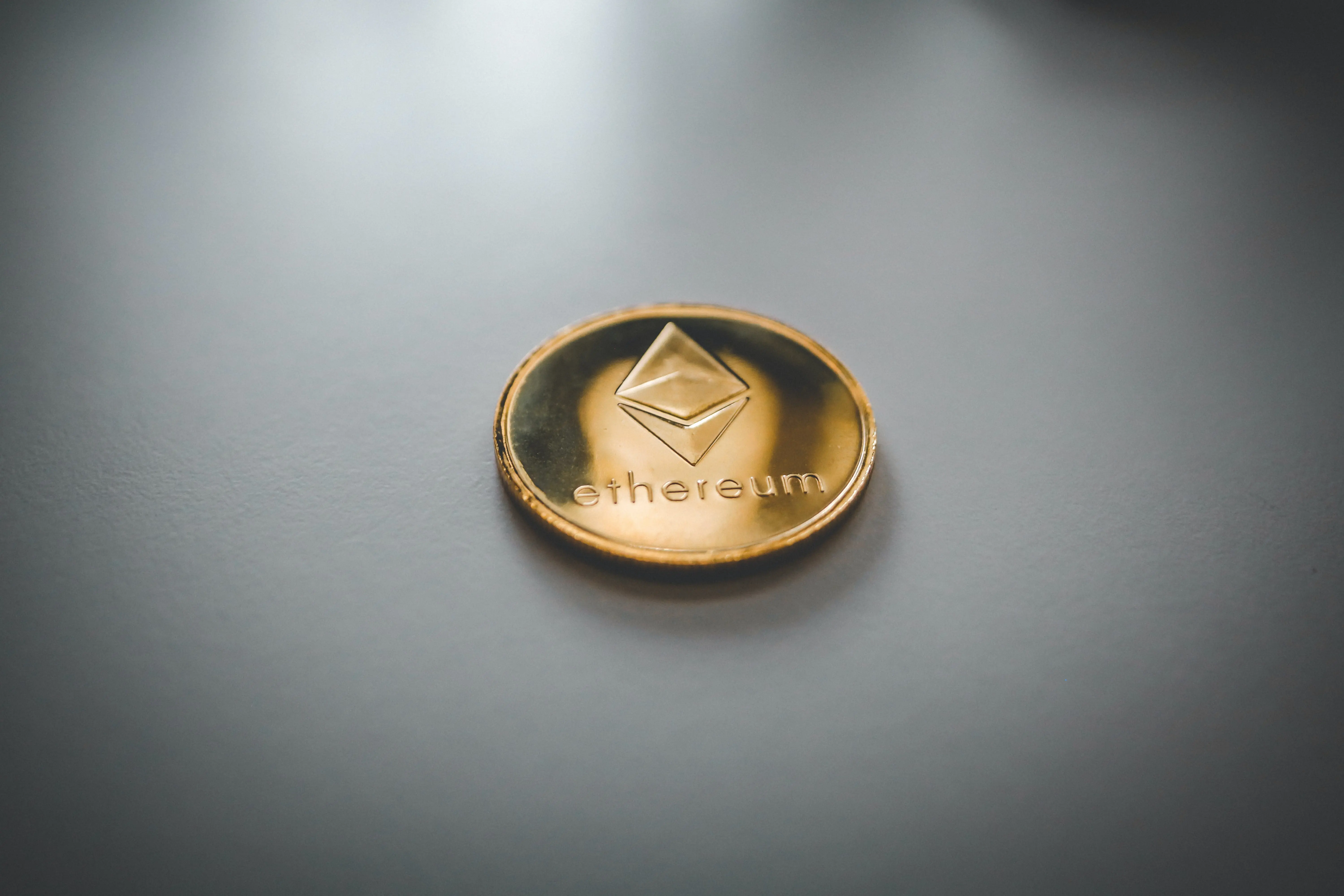
DApps on the Binance Smart Chain
The development of decentralized applications on BSC has seen some with superb functionalities. For example,PancakeSwap is the go-to dApps for automated market maker (AMM) on the Binance Smart Chain while Sushiswap and Uniswap allow users to carry out token swaps on the Ethereum.
Another dApps worthy of note is the Autofarm that serves as a yield aggregator by finding the most ideal way for you to earn interests on all your deposits while BurgerSwap is another dApps that performs the role of an automated market maker on BSC.
The Spartan Protocol is a pretty interesting dApp that offers users the ability to make large volumes of liquidity for BEP-20. As a protocol, the Spartan Protocol is often described as a synthetic protocol.
Another important dApp is Cream which allows users to borrow and lend tokens. Although cream is designed for Ethereum, the compatibility of BSC allows for easy transfer of the dApp to the blockchain. Similar to Cream is Venus, a dApp that allows users to borrow and lend BEP-20 tokens. Dig deeper into the subject of crypto loans and read our post on Compound - another Ehereum-based lending/borrowing and mining platform.
However, bear in mind that the above-mentioned dApps are forks of original projects from Ethereum and it is not always safe to use them. Any usage should always be preceded with conducting extensive research.
Although at present BSC suffers from huge invasions of ponzi schemes, financial pyramids, scams and forks of food finance - some projects are being developed on both Ethereum and BSC. One example is 1inch which is available on both.
Metrics and Binance Smart Chain
Checking the metrics on the Binance Smart Chain has been simplified through the use of BscScan which is a product of Etherscan.
Through the BscScan, you will be able to closely monitor the metrics of the average gas prices, unique address count, total daily transactions, the top BEP-20 tokens and BSC validators and yield farms.
If you’re interested in keeping tabs on the Binance Smart Chain, you can take advantage of the utility provided by the BscScan to get started right away.
Conclusion
The conversation around Binance Smart Chain has become too loud to be relegated to the background. The speed, security and interoperability it offers makes it a huge step-up from the Binance Chain that was faced by scalability issues and the absence of smart contract functionality.
While the number of users of BSC is already huge, the future looks bright for the Blockchain as more developers are moving projects to it. The inbuilt cross-chain compatibility has been a major game change for BSC as it continues to forge a path in providing users with an excellent Blockchain experience.
Currently BSC is also the go-to smart contract platform for many, due to massive gas fees on Ethereum. It definitely draws in users with fewer funds who want to participate in Yield Farming, Liquidity Mining or DeFi to BSC.
However, bear in mind that all of this will be put to the test with Ethereum 2.0 which features Docking and Rollups. So watch this space!
Are you looking for expert advice about blockchain implementation at your company?
Get in touch with me for a free blockchain consultation. You can contact me on dennis.vandervecht@10clouds.com or call me on +48 793 200 141.

